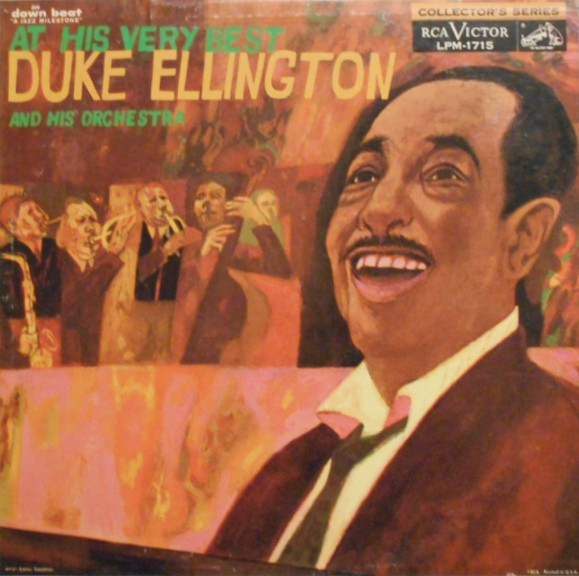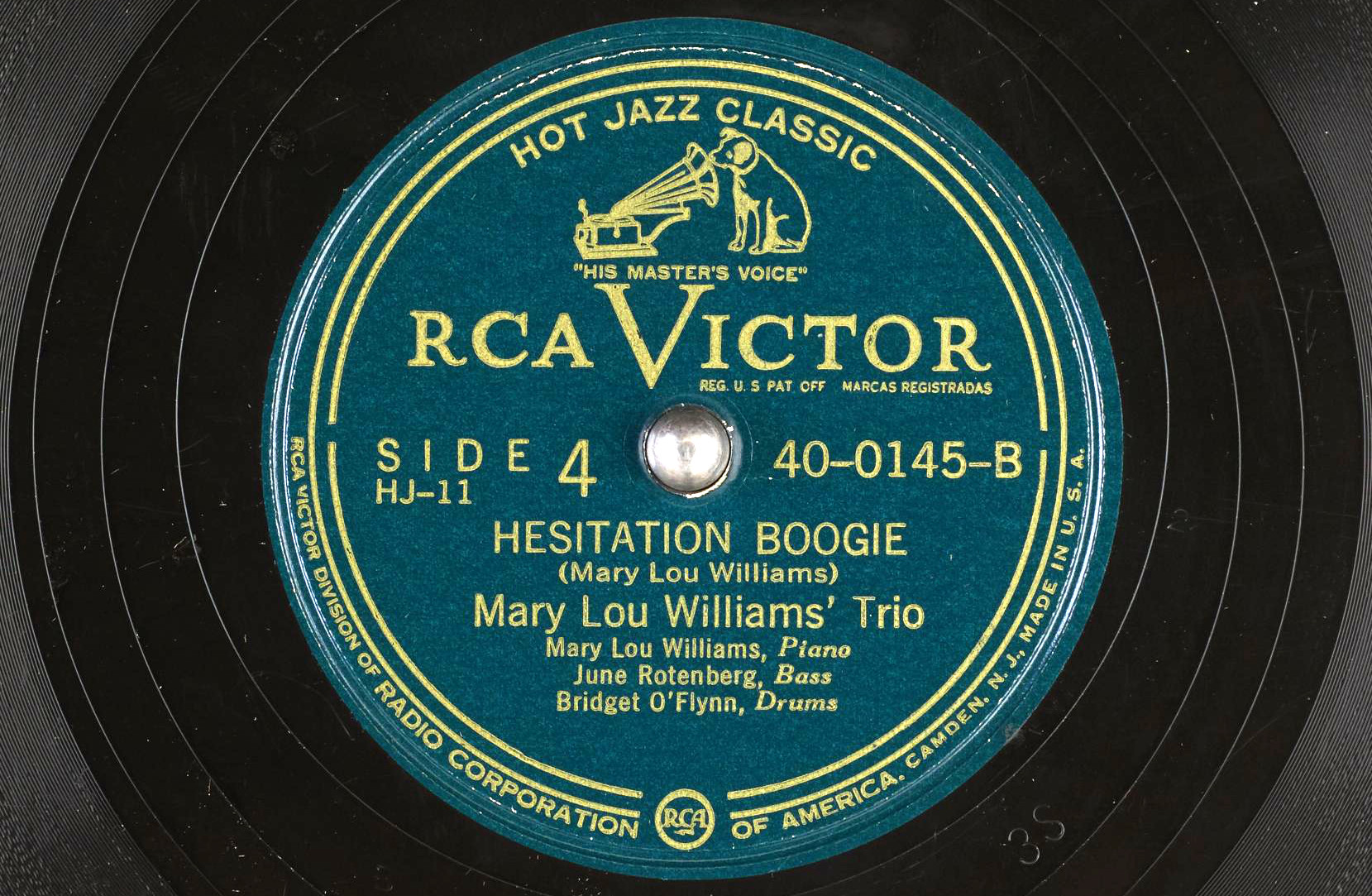I began seriously tuning in to
Duke Ellington when I was introduced to
At His Very Best. For decades following I discovered a
cross-section of his music from 1927 up to 1973. The reach of his imagination and creativity was utterly
out of this world. The way he voiced horns, his musical ideas, writing for the specific quality of sounds each member of the orchestra brought to the table, his unmistakable pianistic style, his unbounded ability to continue to grow and expand as well as keeping his band working non-stop for more than 40 years ... The liner notes for the 1950 LP,
Masterpieces By Ellington observes something of Duke Ellington’s sources of inspiration:
Ellington once listed George Gershwin, Stravinsky, Debussy and Respighi as his favorite composers, a significant group of choices to remember in listening to his music. Gershwin, the inspired melodist, also showed a masterly preoccupation with intricate rhythms and meters. Stravinsky, certainly the most important influence in modern classical music, is an experimenter of the first order, continually exploring rhythms and textures in his compositions. Debussy is the master of Impressionism, refining delicate themes to a gauzy web of articulate grace. And Respighi, whatever his claims as a composer, was a master of orchestration. These revealing choices give the clue to the basis of Ellington's music, and to its incontestably immense appeal: melody, rhythm, delicacy and color.
While he used the piano to compose, Duke Ellington’s instrument was his orchestra. As he put it in
a 1962 interview in Vancouver, “The band is an accumulation of personalities, tonal devices, and as a result of a certain musician applied to a certain instrument you get a definite tonal character.”



















